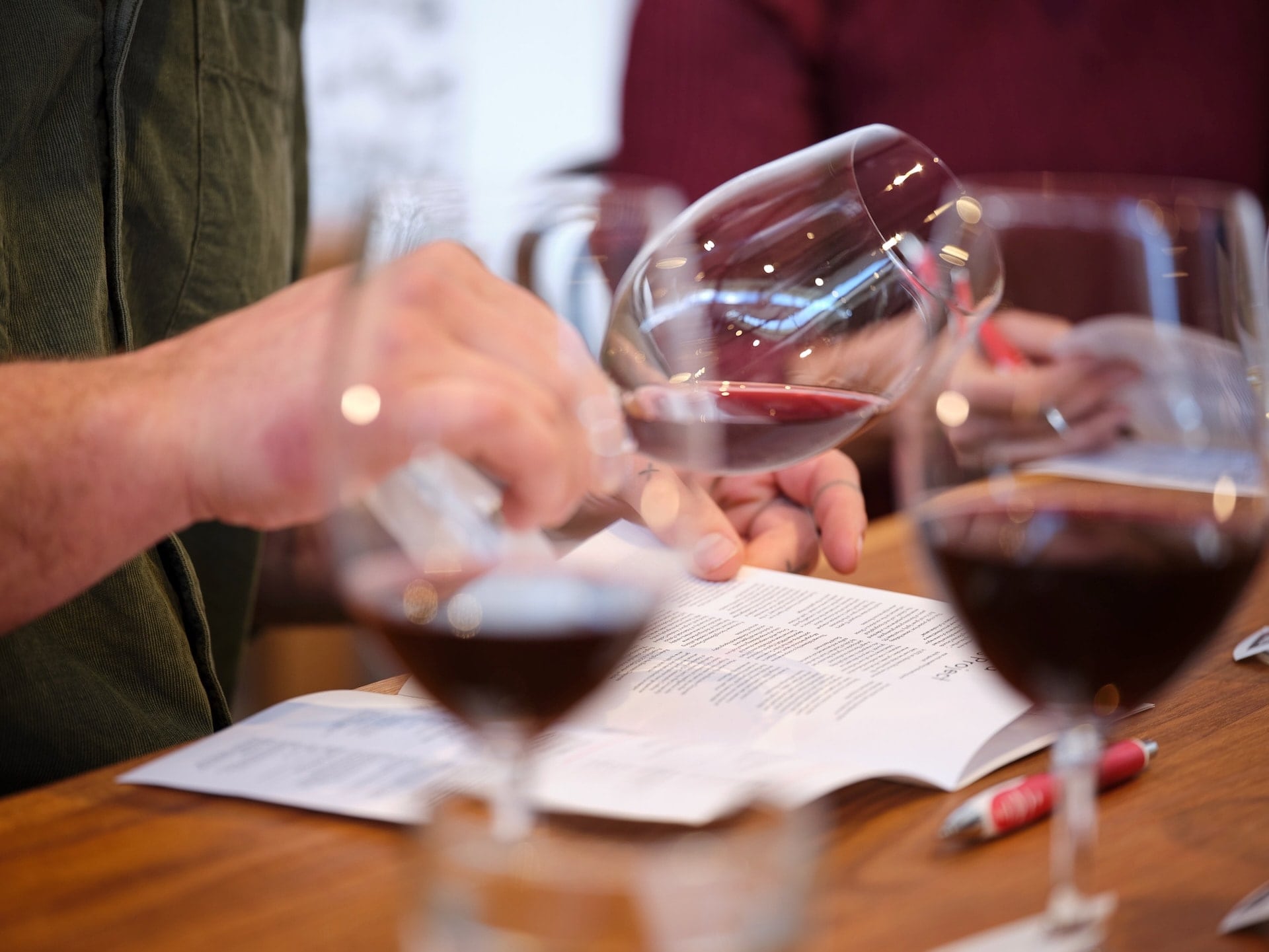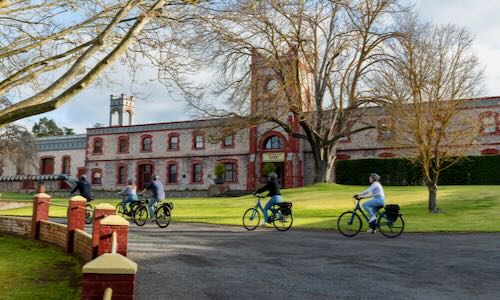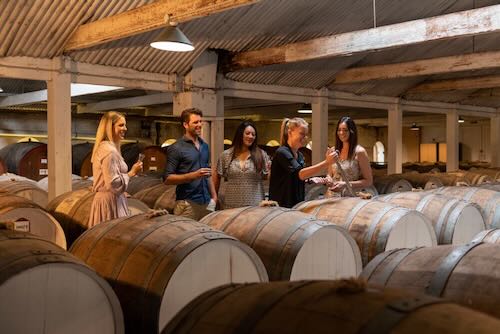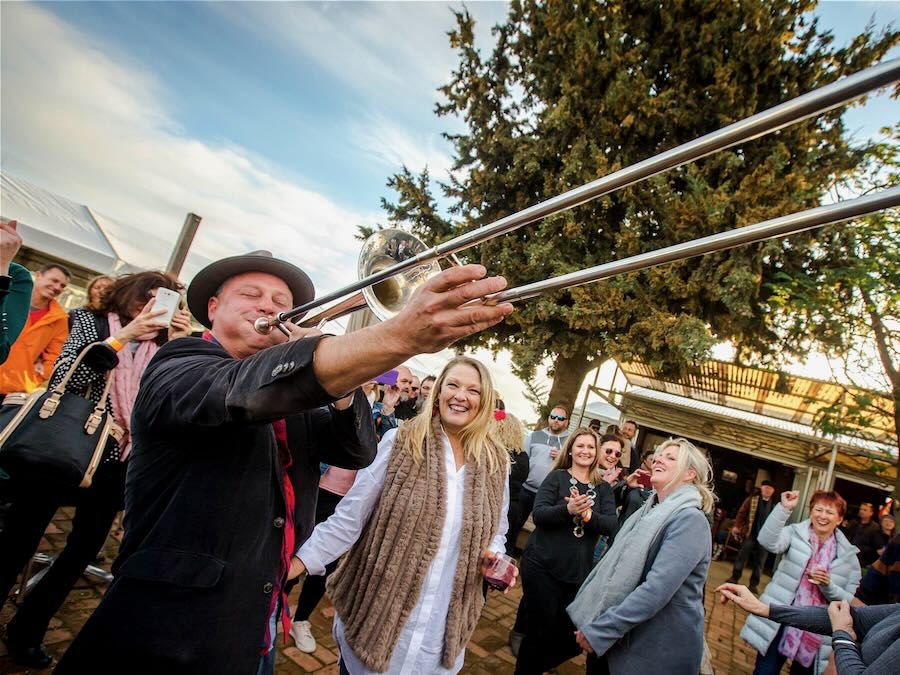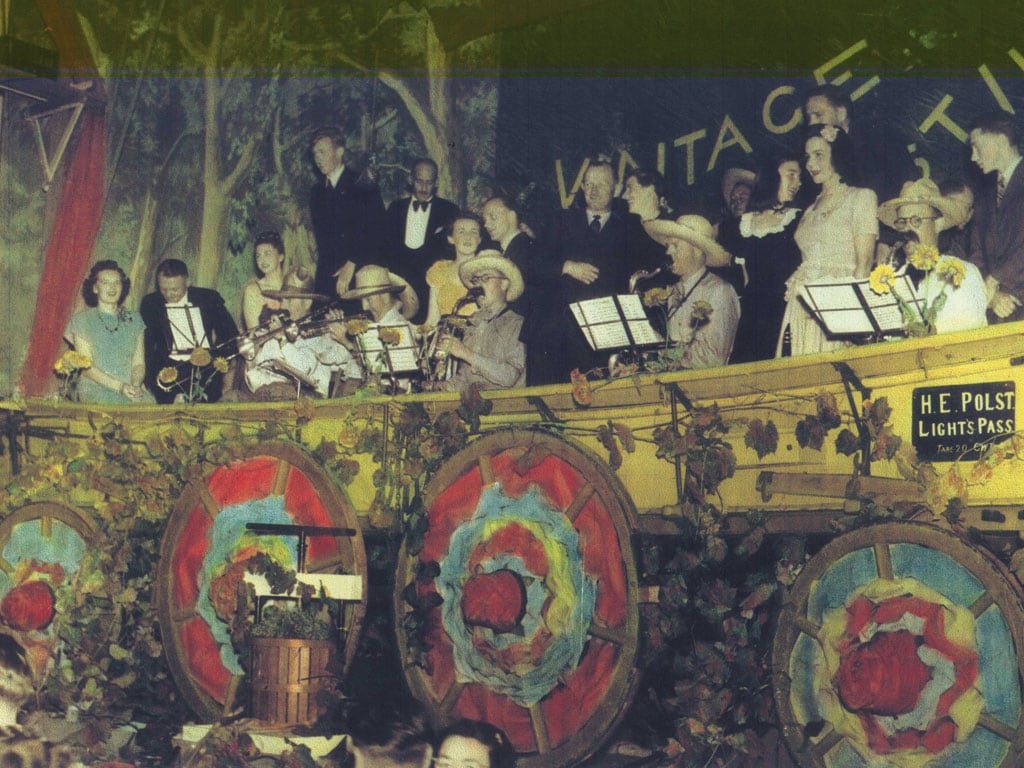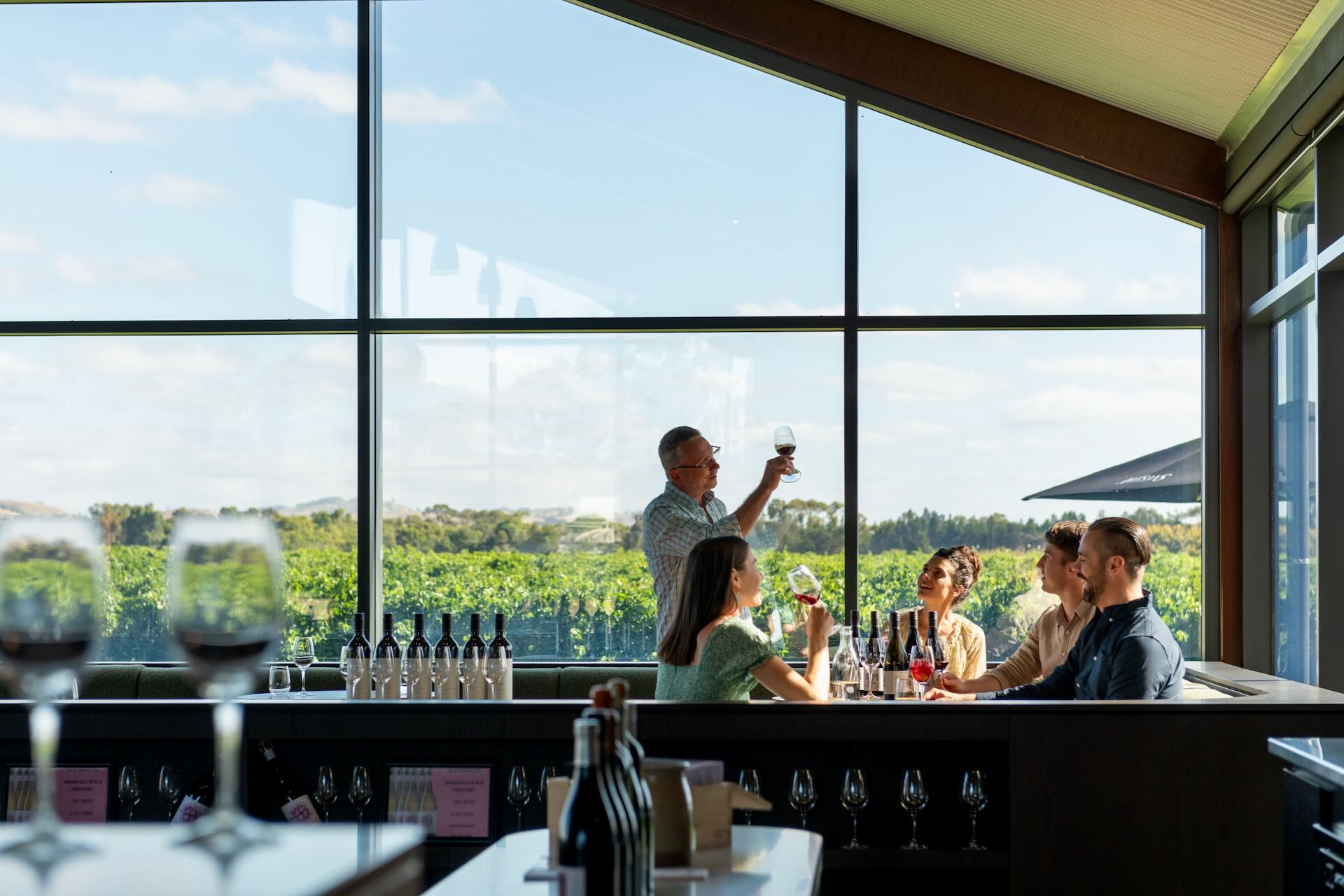“In old, established winegrowing regions such as the Barossa Valley, red grapes such as Mataro, Carignan and Cinsault, long considered second-rate varieties, are now sought after both for their savoury flavours and their suitability to hot, dry growing conditions. This resonates strongly with the rediscovery and promotion of heritage fruits and vegetables and rare breed animals championed by the Slow Food and farmers’ market movements…”
Max Allen, The Future Makers
Barossa’s earliest plantings in the 1840s laid the foundation for a wine industry that would become synonymous with world-class Shiraz, Cabernet Sauvignon, and fortified wines. By the late 19th century, pioneers such as Johann Gramp, Samuel Smith, and Oscar Seppelt were establishing vineyards and wineries that still thrive today. Through the 20th century, Barossa cemented its reputation with long-lived reds and Eden Valley Riesling, but change was never far away.
In the 1990s and early 2000s, a quiet revolution took place. Winemakers and grape growers reignited interest in old vine Grenache, Mataro (Mourvèdre), and Semillon—varieties that had once been the backbone of fortified wine but were later overlooked. These ancient vines, some over 100 years old, were recognised not only as a link to Barossa’s past but as key to its future, producing complex, site-driven wines that stand among the region’s finest.
Alongside this rediscovery of heritage came a new curiosity for alternative varieties. Vines of Carignan, Touriga Nacional, Cinsault, Durif, Marsanne, and Petit Verdot—remnants of an earlier fortified era—were spared from the vine pull schemes of the 1980s and given fresh purpose. Meanwhile, winemakers working overseas brought back inspiration, introducing varieties such as Viognier, which flourished in Barossa’s Mediterranean climate and soon found its place alongside Shiraz.
By the 2010s, climate change became an undeniable factor, compelling growers to think long-term. Rising temperatures and shifting weather patterns prompted a focus on drought-resistant, heat-tolerant varieties. Inspired by the great wine regions of Italy, Spain, and Portugal, Barossa vineyards welcomed Sagrantino, Sangiovese, Tempranillo, Zinfandel, Savagnin, and Roussanne—varieties capable of thriving in lower rainfall conditions while bringing new layers of complexity to the region’s wine portfolio.
This evolution isn’t about chasing trends—it’s about resilience, foresight, and a deep understanding of place. Barossa’s growers and winemakers know that success isn’t built on resting in the past but on constantly refining, adapting, and imagining what comes next. The best Barossa wines of the future may already be growing in its soils today.



